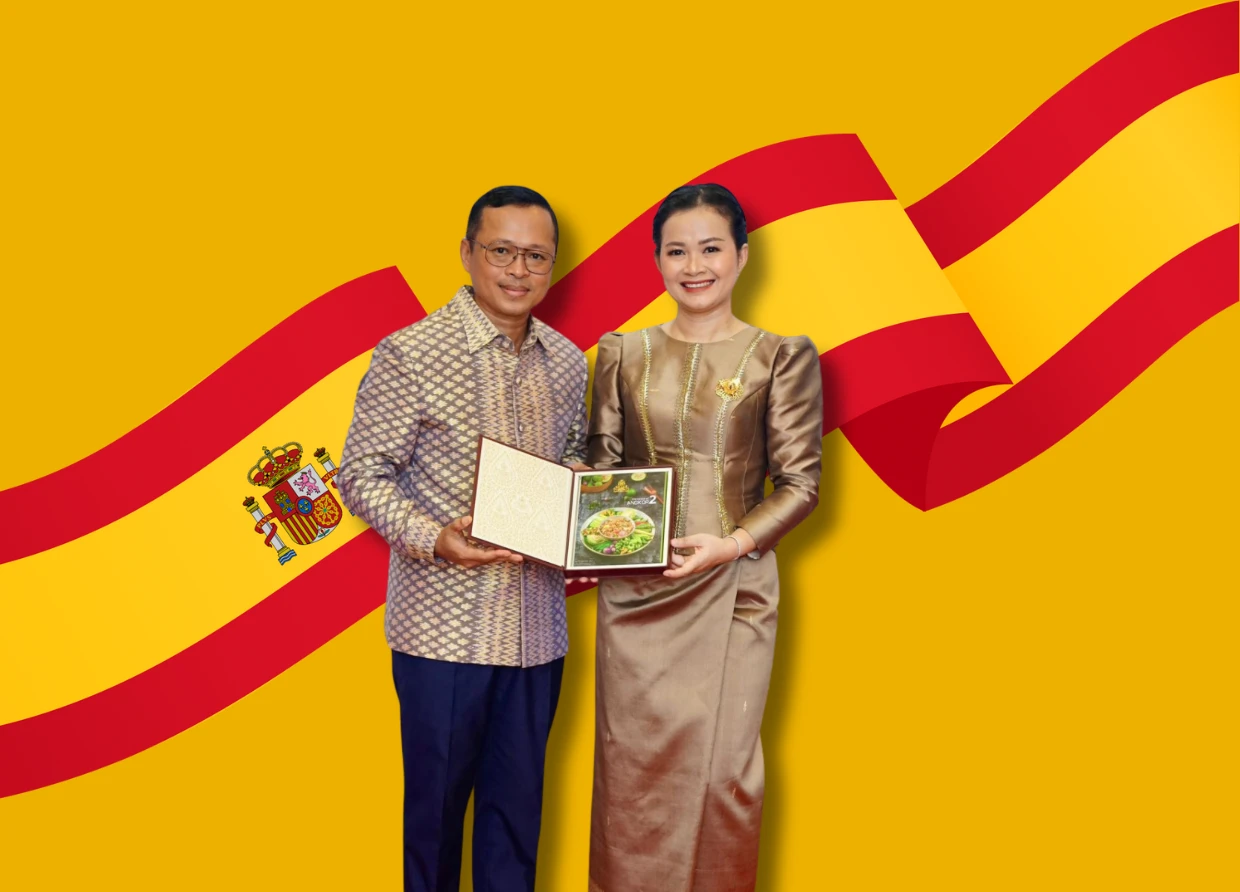INDONESIA’S DURIAN BREAKTHROUGH: A NEW GOLD RUSH IN THE MAKING?
Indonesia's Durian Boom: A Game-Changer in Southeast Asia's Export Race

Indonesia is gearing up to take a big bite out of China’s lucrative durian market, with plans to launch direct exports of frozen durians by the end of the year. This move follows a landmark trade agreement between the two nations, marking a major milestone in their 75-year diplomatic ties.
DURIAN DIPLOMACY: CHINA'S SWEET STRATEGY
Beijing’s love affair with the pungent delicacy has taken center stage in what experts are calling “durian diplomacy.” As China continues its superpower standoff with the U.S., it has turned to Southeast Asia’s king of fruits to strengthen economic ties in the region. With nearly US$7 billion worth of durians imported last year alone, China’s demand is skyrocketing—and Indonesia is ready to meet it head-on.
INDONESIA’S UNTAPPED DURIAN POTENTIAL
For years, Indonesian durians—particularly the popular Monthong variant—have made their way to China through Thailand, adding unnecessary delays and costs. But that is about to change.
"If we ship via Thailand, it takes about a month to get to China. A direct route from Pantoloan Port in Central Sulawesi will cut that time down to just a week,” said Muhammad Tahir, director of PT Ammar Durian Indonesia. More importantly, cutting out the middleman slashes export costs by 50%, making Indonesian durians even more competitive.
QUALITY CONTROL: MEETING CHINA’S HIGH STANDARDS
China’s strict export protocols mean that only the highest quality durians will make the cut. Indonesian farmers and suppliers must comply with Good Agriculture Practices, Good Handling Practices, and Good Manufacturing Practices, ensuring full traceability from farm to table.
"From plantation to packaging, every durian must be fully traceable," explained Ahmad Mansuri Alfian, head of the Animal, Fish, and Plant Quarantine Centre in Central Sulawesi. A new barcode-based system will allow authorities to instantly verify a durian’s origin and compliance with stringent quality standards.
BOOSTING LOCAL FARMERS AND INFRASTRUCTURE
For local farmers in Parigi Moutong, this export deal is a game-changer. PT Silvia Amerta Jaya, one of 14 registered durian processing facilities, is leading efforts to ramp up durian production while securing accreditation to export fresh durians in the future.
“We are working with communities to plant more trees,” said the company’s director, Ni Made Ayu Ningsih. “If there’s an empty plot of land, we encourage farmers to grow durians together.”
Despite having 30,000 hectares of durian farmland, only 10% of it currently meets export accreditation standards. To bridge this gap, local authorities are investing in modern agricultural tools, including drones for farm monitoring, signaling a shift towards more efficient, high-tech farming methods.
THE FUTURE: COULD INDONESIA DOMINATE CHINA’S DURIAN MARKET?
With direct exports finally within reach, Indonesia is poised to take a bigger slice of China’s growing durian obsession. This could be just the beginning of a multi-billion-dollar export boom that not only boosts the economy but also puts Indonesia’s durians on the global map.
As China’s demand continues to surge, will Indonesian durians become the next big thing? Only time will tell—but for now, the future smells as sweet as it tastes.
#THE S MEDIA #Media Milenial #Indonesia durian exports #frozen durian to China #China-Indonesia trade #durian diplomacy #Southeast Asia exports #Indonesian agriculture #Monthong durian #Central Sulawesi durian #direct export routes #China’s durian market #agricultural trade agreements #Indonesian farmers #global durian demand #export regulations #international trade news


























